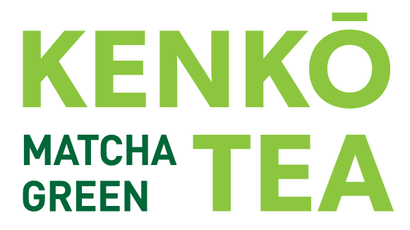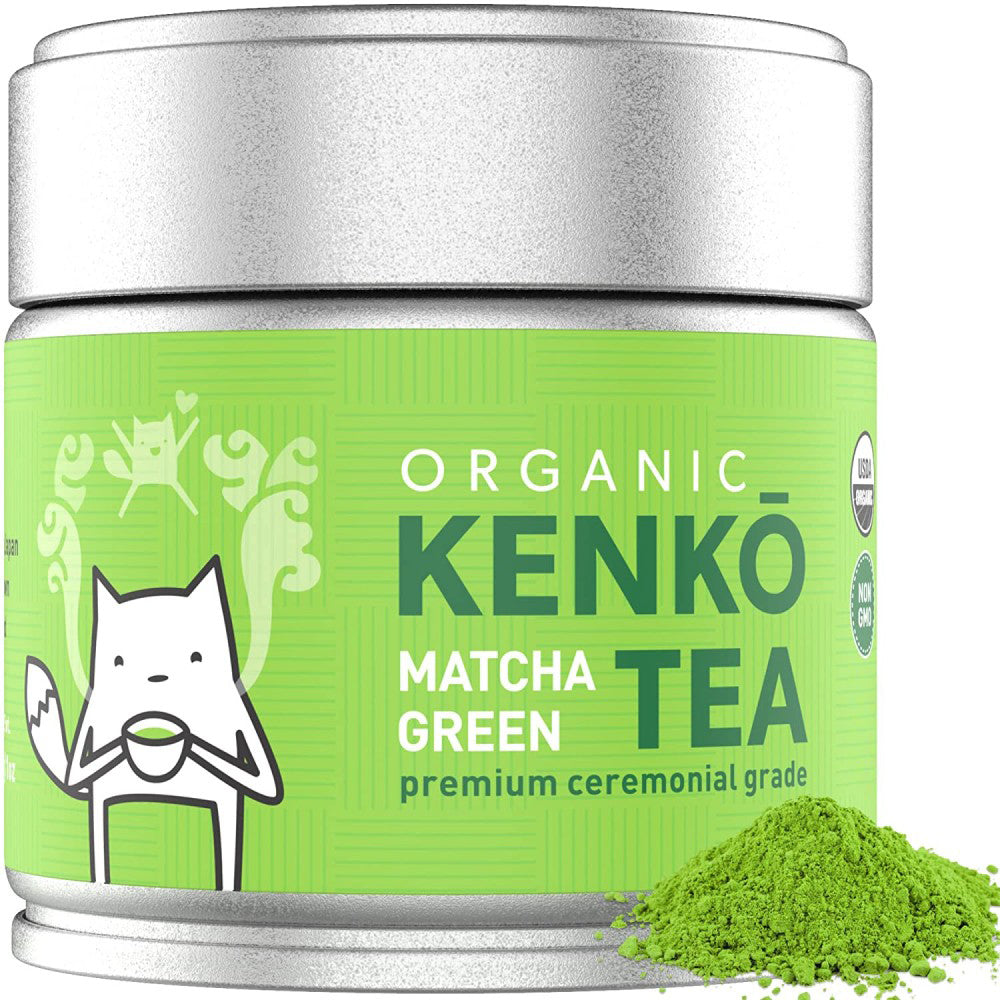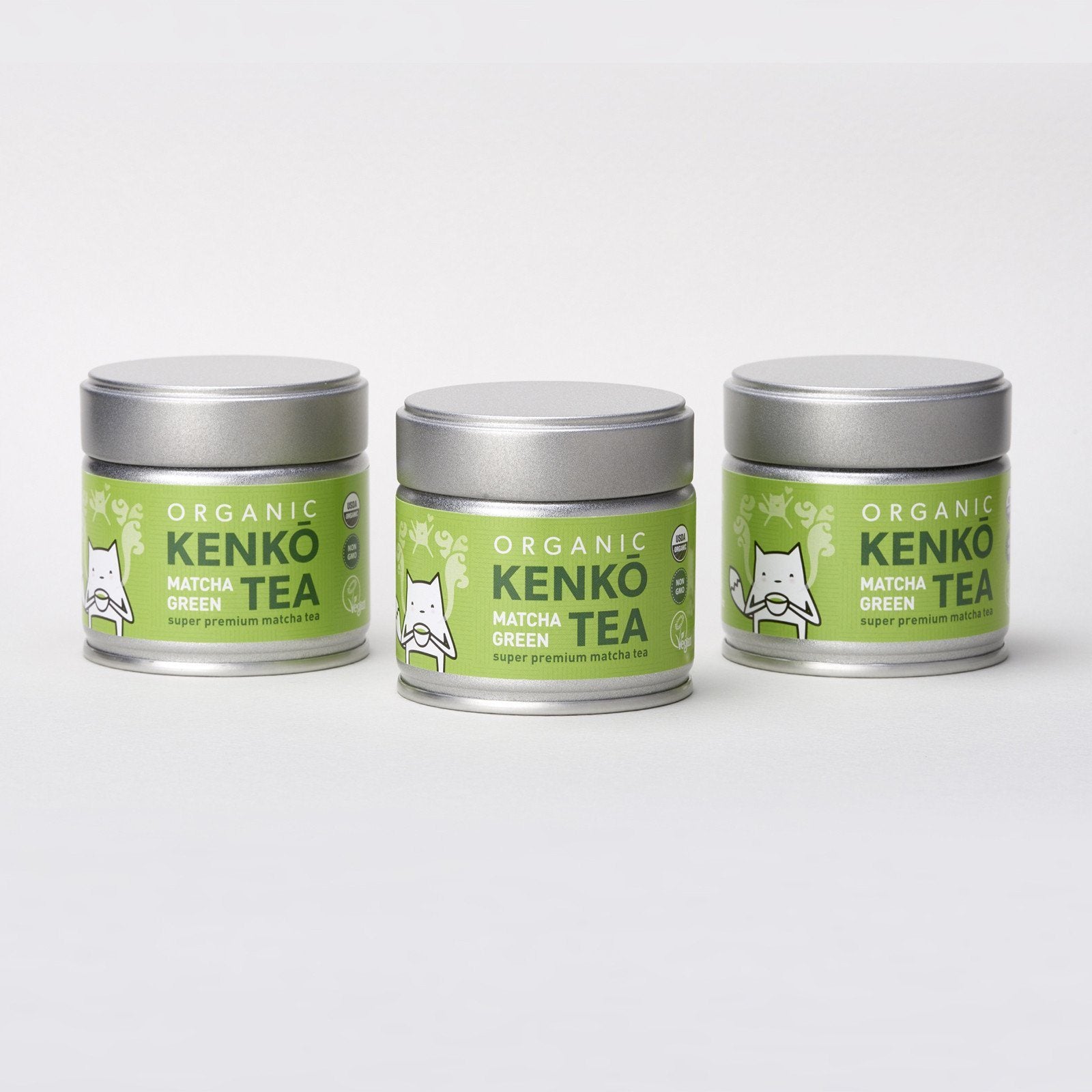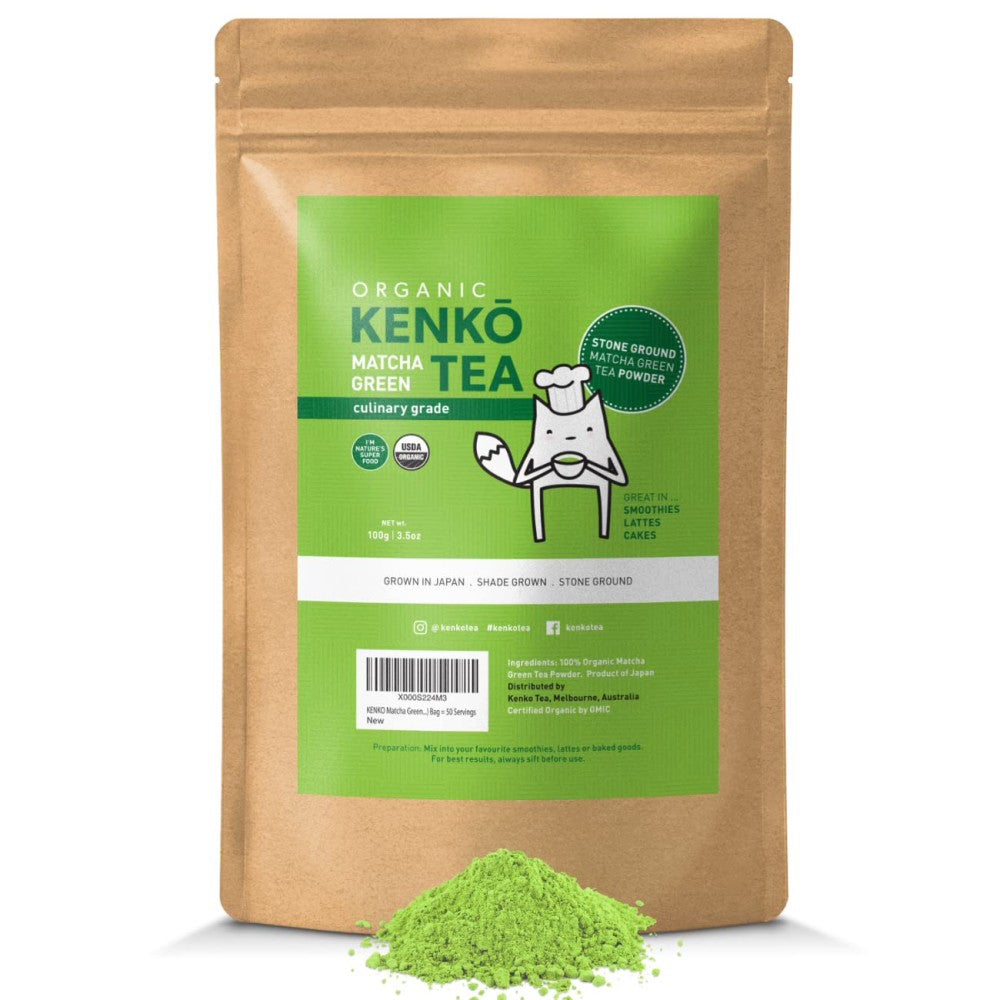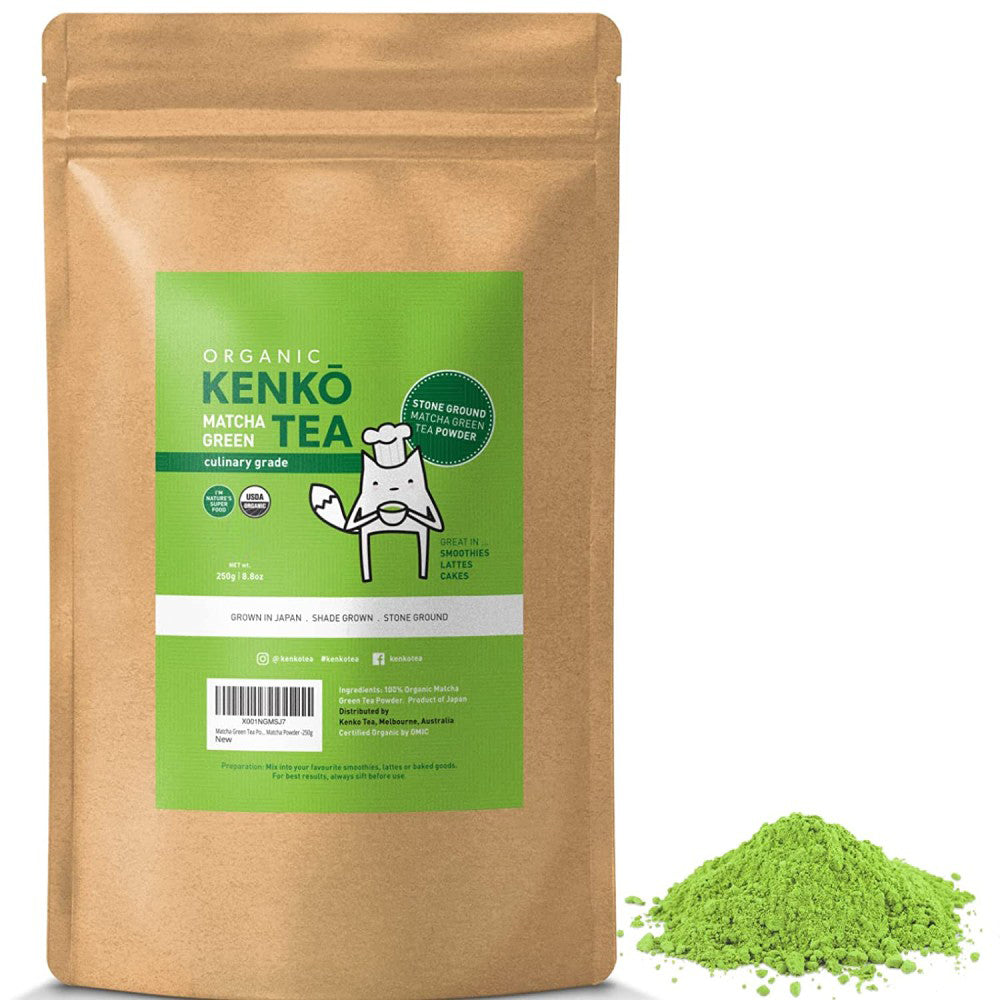Matcha Tea FAQ:
How does Matcha differ from regular Green Tea
Matcha is a form of powdered green tea that has been shade grown for part of its cultivation. While green tea can refer to any number of teas produced from the camellia sinensis plant that haven’t gone through oxidation. Unlike regular green tea, where the leaves are infused with hot water and then discarded, matcha is consumed entirely, providing maximum flavour and health benefits.
The history of matcha
Matcha has been enjoyed in Japan for centuries, dating back to the 9th century. It was originally used in Buddhist ceremonies to help aid in meditation, as it contains high levels of the amino acid L-Theanine, which promotes relaxation and reduces stress.
How matcha is made
Matcha is made from shade-grown green tea leaves that are hand-picked, steamed, and dried. The stems and veins are then removed before the leaves are ground into a fine powder using a traditional stone mill.
Different grades of matcha
There are several grades of matcha, ranging from ceremonial grade, which is the highest quality and most expensive, to culinary grade, which is less expensive and used for cooking and baking. Mid-grade matcha is also available, providing a balance between quality and affordability.
How to prepare matcha
Matcha is a powdered green tea that has been enjoyed in Japan for centuries. It is known for its unique flavour and numerous health benefits, including increased energy and concentration, boosted metabolism, and improved immune system function. If you are looking to add matcha to your daily routine, it is important to know how to prepare it properly. Here is a guide to help you get started.Choosing the right matcha tools
The proper tools for preparing matcha include a tea bowl, whisk, and scoop. It is important to choose high-quality tools made from bamboo or ceramic to ensure proper preparation and enjoyment of the tea. The tea bowl should be wide and shallow, allowing for easy whisking and drinking. The whisk should be made of bamboo and have fine, thin tines to create a smooth and frothy tea. The scoop, also known as a chashaku, should be made of bamboo and measure about 1 gram of matcha per scoop.Traditional matcha preparation
Traditional matcha preparation involves whisking the powder with hot water in a bowl to create a frothy and creamy tea. To begin, heat water to just below boiling and let it cool for a few minutes. Place one scoop of matcha powder in the tea bowl and add a small amount of hot water. Use the whisk to mix the powder and water into a paste. Add more hot water and use a back-and-forth motion with the whisk to create a frothy layer on top of the tea. The tea is then consumed entirely, providing maximum flavour and health benefits.Matcha vs. other green teas
Differences in taste and texture
Matcha has a distinct flavour and texture compared to other green teas. It has a rich, umami taste and a creamy, frothy texture that is unique to matcha preparation.
Unlike other green teas, matcha is made by grinding the entire tea leaf into a fine powder. This allows for a more concentrated flavour and texture, as well as a higher nutrient content.
Matcha also has a vibrant green colour, which is a result of the way it is grown and processed. The tea plants are shaded for several weeks before harvest, which increases the chlorophyll content and gives the leaves a deep green colour.
Nutritional comparisons
Matcha provides more antioxidants and nutrients per serving than other green teas due to its concentrated form. One cup of matcha is equivalent to drinking 10 cups of regular green tea in terms of antioxidant content.
Matcha is also high in catechins, a type of antioxidant that has been shown to have anti-cancer properties. One specific catechin found in matcha, epigallocatechin gallate (EGCG), has been studied for its potential to prevent and treat various types of cancer.
In addition to antioxidants, matcha is also a good source of fibre, vitamins, and minerals. It contains vitamins A, C, and E, as well as iron, calcium, and potassium.
Caffeine content
Matcha contains approximately 30-50mg of caffeine per serving, depending on the grade and preparation method. This is less caffeine than a cup of coffee but provides a more sustained energy boost.
The caffeine in matcha is also different from the caffeine in coffee. Matcha contains L-Theanine, an amino acid that promotes relaxation and helps to counteract the jittery effects of caffeine. This combination of caffeine and L-Theanine provides a unique combination of energy and relaxation.
Overall, matcha is a unique and flavourful alternative to other green teas. Its concentrated form provides a higher nutrient content and sustained energy boost, making it a popular choice among health-conscious individuals.
Common matcha misconceptions
Matcha has become increasingly popular in recent years, with many people touting its health benefits and unique flavour. However, there are still some common misconceptions about matcha that persist. In this article, we will explore and debunk some of these misconceptions.
Matcha and weight loss
One of the most common misconceptions about matcha is that it is a magic weight loss solution. While matcha can support weight loss efforts when combined with a healthy diet and exercise, it is not a magic solution on its own. It can provide a boost of energy and metabolism, but consistency and discipline are key for weight loss success.
Matcha contains a powerful antioxidant called EGCG (epigallocatechin gallate), which has been shown to boost metabolism and increase fat burning. However, it is important to note that drinking matcha alone will not result in weight loss. It must be combined with a healthy diet and regular exercise to achieve optimal results.
Is all matcha created equal?
No, not all matcha is created equal. The quality of matcha can vary greatly depending on the grade, source, and storage conditions. It is important to choose high-quality matcha from reputable sources to ensure maximum flavour and health benefits.
There are several grades of matcha, ranging from culinary grade to ceremonial grade. Culinary grade matcha is typically used in cooking and baking, while ceremonial grade matcha is used in traditional tea ceremonies. Ceremonial grade matcha is made from the youngest and most tender leaves, which are hand-picked and stone-ground to produce a vibrant green powder. This type of matcha is the most expensive and has a sweeter, more delicate flavour.
When purchasing matcha, it is important to look for a bright green colour, as this indicates freshness. Stale or low-quality matcha can have a yellowish or brownish hue, and may have a bitter taste.
Can matcha replace coffee?
Matcha can provide a caffeine boost and energy without the negative effects associated with coffee consumption, such as jitters, anxiety, and crash. However, it is important to note that matcha and coffee have different flavour profiles and preparation methods, and some coffee drinkers may prefer the taste and ritual of coffee over matcha.
Matcha is prepared by whisking the powder with hot water to create a frothy, smooth tea. Unlike coffee, which is typically brewed in a drip or French press, matcha requires special tools and techniques to prepare. Some people enjoy the ritual of preparing matcha, while others may find it too time-consuming or complicated.
Ultimately, whether or not matcha can replace coffee depends on personal preference. Some people may choose to incorporate both into their daily routine, while others may prefer one over the other.
Where to buy quality matcha Powder
Matcha, a traditional Japanese green tea, is becoming increasingly popular in the Western world due to its unique flavour and numerous health benefits. However, not all matcha is created equal. To fully enjoy the taste and benefits of matcha, it is important to purchase high-quality sources from reputable sources.
Price vs. quality
It is true that high-quality matcha can be more expensive than lower-grade matcha. However, investing in high-quality sources is worth the cost. Not only does high-quality matcha taste better, but it also provides more health benefits. The cost per serving is relatively low compared to other beverages, making it a worthwhile investment for tea lovers.
